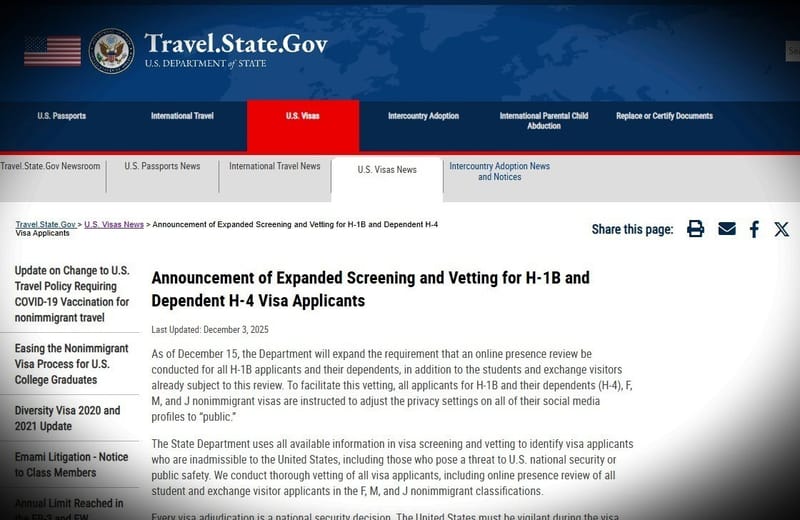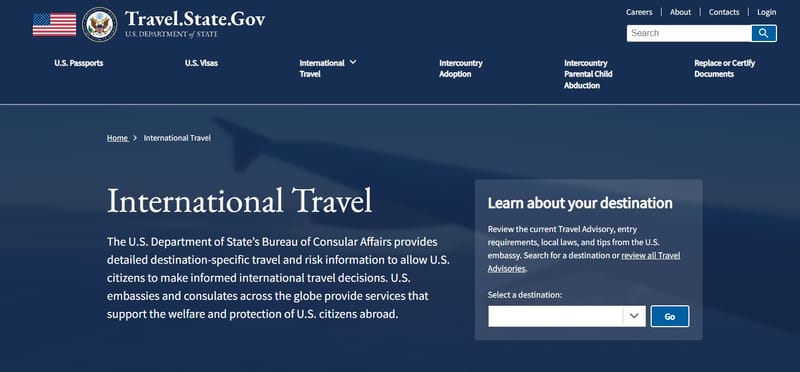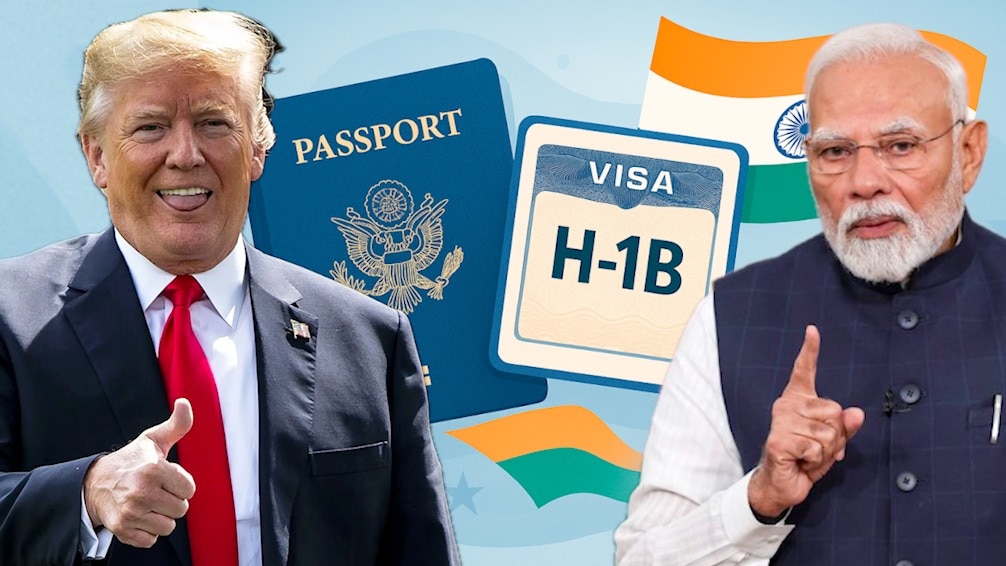Increased H1-B Visa Fees Disproportionately Affect Rural and High-Poverty Healthcare, Study Finds
The recent hike in H1-B visa fees threatens to exacerbate healthcare shortages in America's most vulnerable communities, directly impacting patient care and access.
Subscribe to our newsletter and stay informed about latest H1B news, policy updates and and other developments.
Article Summary
A study published in JAMA reveals that increased H1-B visa fees will disproportionately impact healthcare worker supply and care access in rural and high-poverty U.S. counties. The research indicates H-1B-sponsored physicians comprise nearly 1% of the U.S. physician workforce, with their presence almost twice as high in rural areas and four times greater in the highest poverty counties. These findings suggest that communities most reliant on foreign health care workers will be hardest hit by the recent policy change.
Original Article: medicalxpress.com
[ Sentiment: negative | Tone: factual ]
This summary and analysis were generated by TheNewsPublisher's editorial AI. This content is for informational purposes only; it does not constitute legal or immigration advice.
[ Sentiment: negative | Tone: factual ]
This summary and analysis were generated by TheNewsPublisher's editorial AI. This content is for informational purposes only; it does not constitute legal or immigration advice.
TNP AI: Key Insights
This study highlights a critical, often overlooked, impact of H1-B visa policy changes: the disproportionate burden on essential services in underserved areas. While the article cites a substantial fee increase to $100,000 for new H1-B applications, it's important for our readers to note that the actual base H1-B filing fee increased from $460 to $780 for larger employers, with a new $600 Asylum Program Fee also introduced, along with a significantly higher cap registration fee. The figure of $100,000 may refer to an aggregate cost for some employers or a misinterpretation of a specific surcharge, but the overall trend of rising costs remains a significant barrier.
For healthcare employers in rural and high-poverty counties, where H1-B physicians are crucial for maintaining adequate staffing and patient access, these increased costs translate directly into reduced capacity to sponsor foreign talent. This policy shift not only impacts the career pathways of international medical professionals but critically threatens healthcare access for millions of Americans who rely on these vital workers, underscoring the broader economic and social implications of immigration policy.





